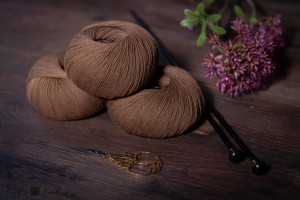Spinning is an ancient handicraft that emerged thousands of years ago and is one of the earliest textile techniques of mankind. In the United States, wool is a common spinning material, and the wool textile industry is also one of the traditional processes in the United States. In this article, we will explore the handicrafts of traditional wool textiles, introduce the spinning process and technology, as well as the application and significance of wool textiles.
1、 The process of spinning
The spinning process includes multiple steps such as material selection, cleaning, linting, combing, and spinning. First of all, material selection is a very important step, requiring the selection of high-quality wool to avoid impurities and defects. Then, clean the wool to remove dust and impurities. Next, the fleece is peeled to remove the coarse outer layer of the wool, leaving behind the fine inner layer. Then, combing is carried out to classify the fine hairs according to their length and strength, and then the fine hairs are combed layer by layer with a comb to form parallel fiber bundles. Finally, spinning is carried out, using a spinning wheel or spindle to spin fine wool into threads, and then weaving into textiles on a weaving machine.
2、 Spinning Technology
The technology of spinning is very diverse, including manual spinning, machine spinning, and many other technologies. In the traditional handmade textile industry in the United States, there are mainly pulley spinning, foot spinning, and release spinning technologies. These techniques require skilled techniques and experience, and the quality of textiles depends on the skill and mood of the spinner. The emergence of modern machine textile technology has greatly improved production efficiency, but manual weaving is still a valuable traditional process.
3、 Application and significance of wool textiles
Wool is a very high-quality natural fiber with the advantages of warmth retention, breathability, and moisture absorption. It is widely used in fields such as textiles, clothing, carpets, and blankets. Wool textiles not only have practical value, but also are a cultural heritage and artwork, representing the crystallization of human wisdom and creativity. As an important part of wool textile, spinning is an art that perfectly combines traditional culture and modern technology.
Spinning, as an ancient handicraft, carries an important heritage of human wisdom and culture. By exploring the handicrafts of traditional wool production, we can gain a deeper understanding and appreciation of this ancient art form, and better inherit and promote the traditional culture of the United States.
Post time: Mar-22-2023
